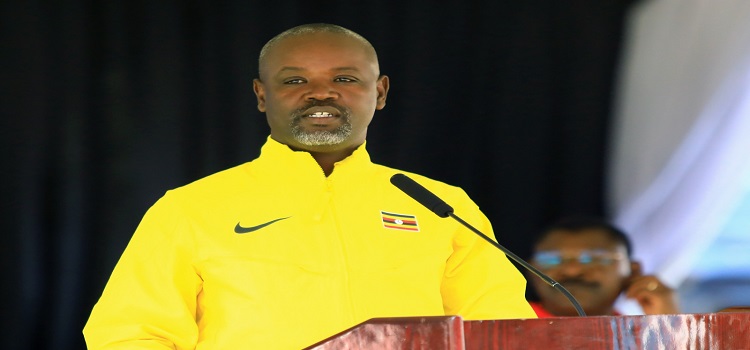The Leader of the Opposition in Parliament, Hon. Joel Ssenyonyi, has said there is nothing to show for the Shs553.71 billion that government has progressively sunk into Atiak Sugar Factory, and demanded that it explains the investment in the factory that has since failed to break even.
“This is a project that excited many people, because it sounded good for people in northern Uganda and the country generally. It started so well but along the way there are many unanswered questions. The factory is not operational and they are not sure when they will open and start to manufacture sugar,” said Ssenyonyi told Parliament sitting on Tuesday, 15 October 2024 following his visit to the factory located in Amuru in Northern Uganda.
The LOP was concerned that the factory that has not been able to produce sugar is continuously being funded and questioned government’s interests.
“Does government actually have shares in the factory? If so how many? How are we ensuring that the investment of tax payers is making returns, almost every year there is request for money to this entity,” Ssenyonyi said.
During his visit to Atiak on Monday, 07 October 2024, Ssenyonyi said he found frustrations at the factory including lack of raw materials and others involving government’s stake.
“The company is frustrated because Uganda Development Corporation which is supposed to act on our behalf is absent. They are saying we do not see them, they do not have raw materials, they are looking towards having all the machinery for them to actually operate,” he said.
Ssenyonyi proposed that for the sake of the monies already injected in the factory, government should ensure its functionality.
Speaker Among asked the Leader of the Opposition to table a report on his visit to Atiak, Roko Construction Ltd and Dei Biopharma Ltd for the relevant ministers to make response.
A 2021 Report of the Committee on Tourism, Trade and Industry about Atiak Sugar Factory indicated that government owns 40 percent of the factory founded by Horyal Holdings Company Ltd as a private-community partnership.
The factory was envisaged to facilitate economic recovery in Northern Uganda through creation of jobs for local workers and empowerment of women as the main suppliers of sugarcane in the region.
The report highlighted a number of challenges faced by the factory and the community, ranging from lack of raw materials, the factory’s inability to plant the required sugarcane on 60,000 acres provided by the community and laxity on the side of UDC, Ministry of Finance, Planning and Economic Development and Ministry of Trade, Industry and Cooperatives.





